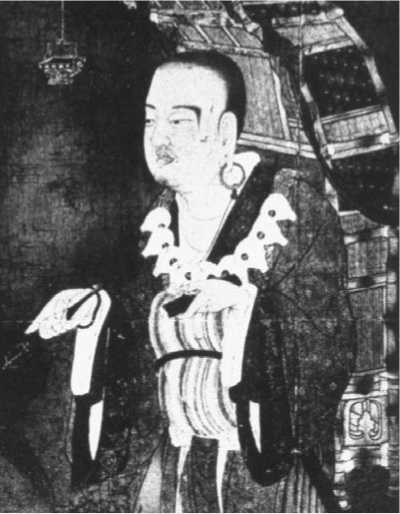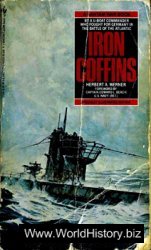Leif's party returned to Greenland in 1002, but his brother Thorvald made a journey to Vinland that lasted from 1003 to 1005. They fought with Native Americans,
Other Medieval Explorers and Geographers

The Middle Ages are not commonly considered a time of great exploration, yet the era produced a number of great journey-ers, among them Marco Polo, Ibn Battuta, Cheng Ho, and Rabban Bar Sauma (see Marco Polo entry and boxes in Marco Polo, Henry the Navigator, and Kublai Khan entries, respectively). In addition to these were a host of other explorers and geographers.
Hsuan-tsang (shooy-AHND ZAHNG; 602-664) was not the first Chinese jour-neyer to visit India, but his travels were notable due to their enormous cultural significance. A Buddhist monk, Hsuan-tsang wanted to study the religion in the land where it was born, so in 629 he set off alone. Travel into China's western regions was forbidden under the T'ang dynasty, so he slipped across the border, making a perilous journey across what is now southern Russia, Afghanistan, and Pakistan. He was the first Chinese traveler to visit all the major regions of India, where he had many adventures. He studied for a time in a Buddhist school, and he visited the courts of
Harsha (see box in Mansa Musa entry) and other kings. He brought back Buddhist scriptures that helped lead to the expansion of the religion in China, and he remains a celebrated figure whose deeds are recorded in Chinese operas, paintings, films, and even comic books.
Al-Idrisi (1100-c. 1165) was a jour-neyer, but his greatest significance to medieval exploration lies in his work as a geographer. Born in Morocco, he visited Asia Minor (modern-day Turkey), North Africa, Spain, France, and perhaps even England before reaching Sicily, where he found his life's work. In 1144 Roger II, the island's Norman king, commissioned al-Idrisi to oversee the creation of a massive work of geography that came to be known as the Book of Roger. The latter represented the cutting edge of geographical knowledge in its time.
Like al-Idrisi, Yaqut (yah-KUT; 1179-1229) is remembered as much for his scholarship as for his journeys. Born a slave in Syria, he was freed when he was in his
Who they called "skraelings," and Thorvald was killed by an arrow. In 1006, Thorvald's crew sailed home, but another brother, Thorstein, returned to the area to recover Thorvald's body. He ran into storms and died upon his return to Greenland.
In 1010, Leif's brother-in-law, Thorfinn, who had married Thorstein's widow, Gudrid, founded a settlement on Vinland. Gudrid and the other females on this voyage were the first European women in North America, and her son

Hsuan-tsang. Reproduced by permission of the Granger Collection Ltd.
Twenties and began wide-ranging journeys that took him all the way from the Arabian Peninsula to Central Asia. His book Kitab mu'jam al-buldan is among the first organized, scholarly works of geography to combine history, culture, and science in a consistent structure. Yaqut's writing is particularly significant due to the fact that he was one
Of the last Islamic scholars to have access to libraries in Central Asia that were destroyed by the Mongol invasions soon afterward.
Despite the losses caused by the Mongols, their conquests also opened the way for the eastward journeys of Europeans such as Marco Polo and "Sir John Mandev-ille." Actually, Sir John probably never lived—but that did not stop The Voyage and Travels of Sir John Mandeville, Knight from becoming a medieval best-seller. Published in about 1360, the book contained a record of journeys through Asia, including a detailed report on the lands of Prester John, a Christian king to the East who had been rumored to exist for centuries. Dreams of finding Prester John's kingdom, as well as other fantastic lands described by Sir John Mandeville, helped drive Europeans in their quest for exploration that began in the mid-1400s. Thus it can be said that the fictitious Sir John, whose book may have been written by a doctor in Liege (lee-EZH, now part of Belgium), also contributed to geographical knowledge in a roundabout way.
Snorri, born in the summer of 1011, was the first European child born on the continent. The Norsemen traded furs with the skraelings, but later they fell into conflict, and warfare drove them back to Greenland.
Leif's half-sister, Freydis (illegitimate daughter of Erik), also traveled to Vinland, where she set up a trading partnership with two Norse brothers, Helgi and Finnbogi. She double-crossed her partners, however, and had them murdered along with their families.




 World History
World History









